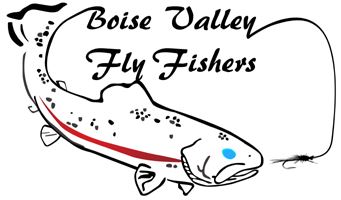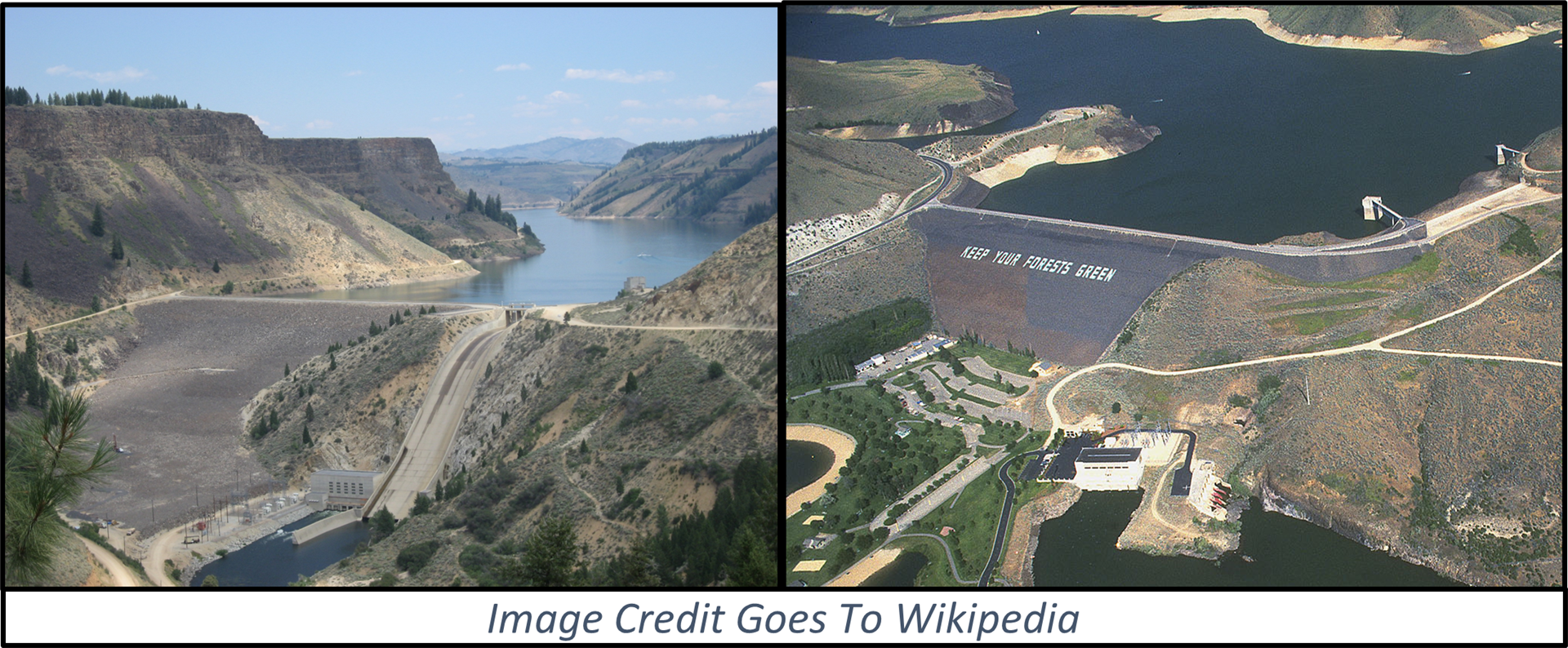
Tailwaters are rivers below dams that release water from the bottom of the reservoir. Releasing water from the bottom vs the top helps keep the outflows cooler in the summer and warmer in the winter—this is called the Tailwater Effect. But not all Tailwater Dams are built and managed the same which can impact the Tailwater Effect and influence outflow water temperatures. Lucky Peak Dam, which feeds the Lower Boise River is built and managed differently than the Anderson Ranch Dam, which feeds the S.F. of the Boise River. Understanding how tailwater-dams impact water temperature will help you find more productive water and improve your fishing throughout the year
FUN FACT
Do you know why ice floats, or why ice forms on the top of a lake, and not on the bottom? It is because water has a unique property that makes the solid form less dense than the liquid. This is important to fisherman because 39 degree (F) water is the most dense, which means it sinks to the bottom of the reservoir where water is released.
WINTER
Anderson Ranch Dam
On the S.F. of the Boise the Tailwater Effect is your friend in late fall and early winter because that large blanket of water results in water temps staying 40 – 50 degrees in November and December compared to the freestone section above dropping down into the 30’s. The warmer water coming out of Anderson Ranch dam results in longer hatches, active fish, and awesome fishing! Figure-1 shows how water temperatures coming out of the dam stay elevated into December while water temperatures drop into the 30’s on the freestone section of river above the dam at Featherville. But the warming from the Tailwater Effect is limited to the first 5-10 miles of the river, after that the influence of cold days, freezing nights and side streams drop water temperatures, as shown by the temperature at Neal Bridge 26 miles below the dam.
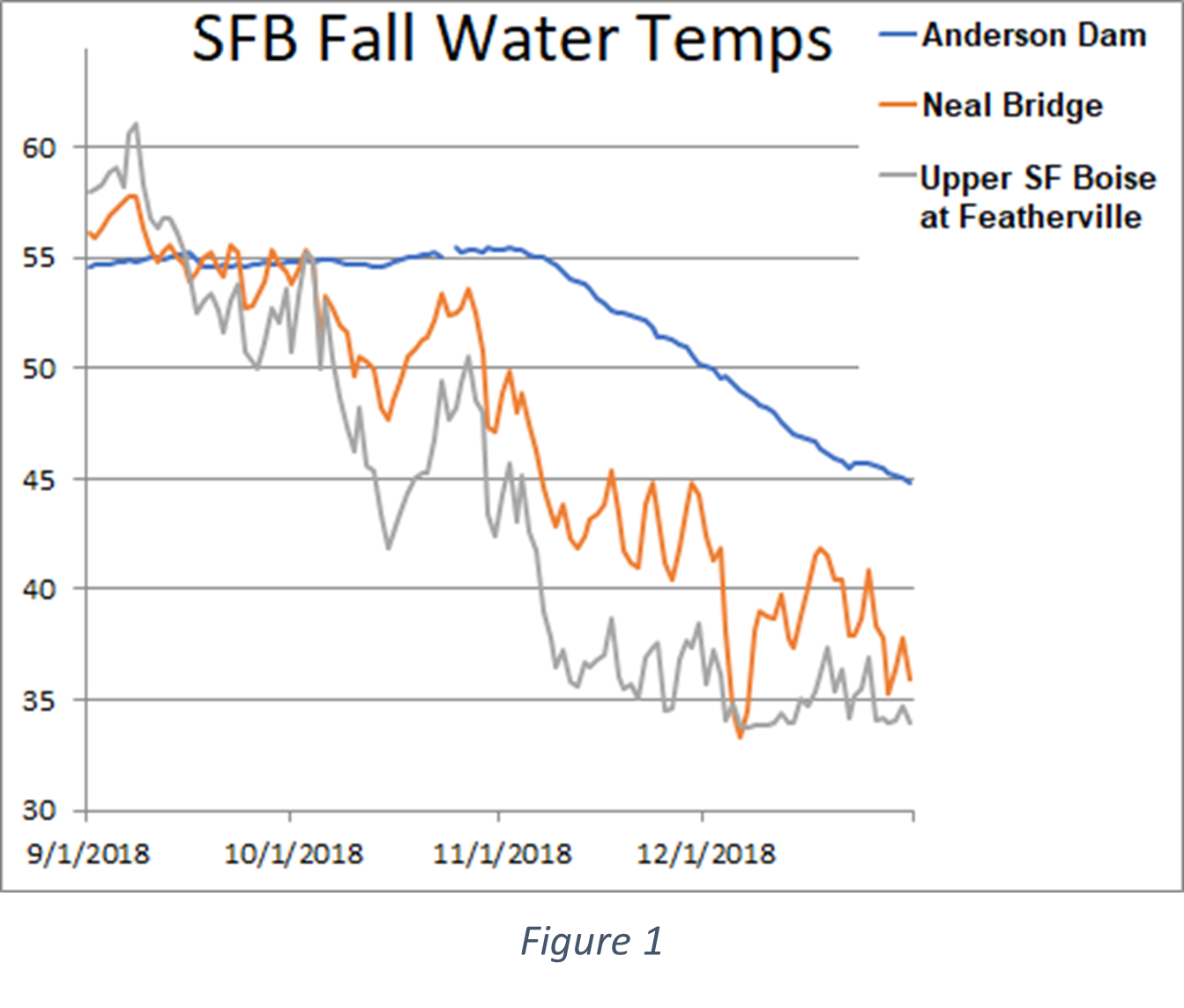
Lucky Peak Dam
The Lower Boise River doesn’t experience the same winter Tailwater Effect as the South Fork because Lucky Peak is drawn down for irrigation each year and the outflows from Lucky Peak come from a higher elevation in the reservoir. This draw-down and outflow location means the water released is influenced by the surface water temperature which causes water temperatures to drop quicker and get colder on the Lower Boise River in the winter than the S.F. of the Boise. Figure 2 shows water temperatures released from Lucky Peak Dam from fall through winter and Figure-3 shows Lucky Peak winter water elevation and where outflows originate. You can see that the reservoir level drops into the outflow-zone starting in October and stays there through February, driving outflow water temperatures down into the mid 30’s all winter. Winter water temperatures on the Lower Boise River will warm a bit on sunny days as you go downstream which can make fishing better in the afternoon between Glenwood and Star.
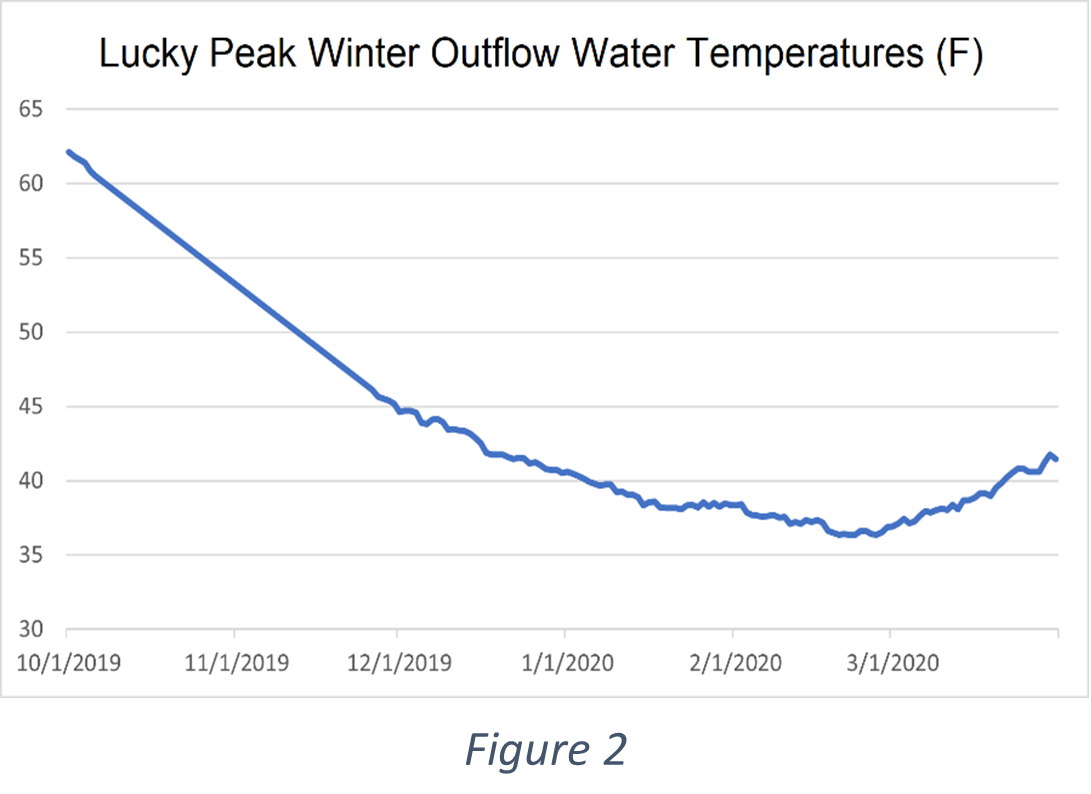
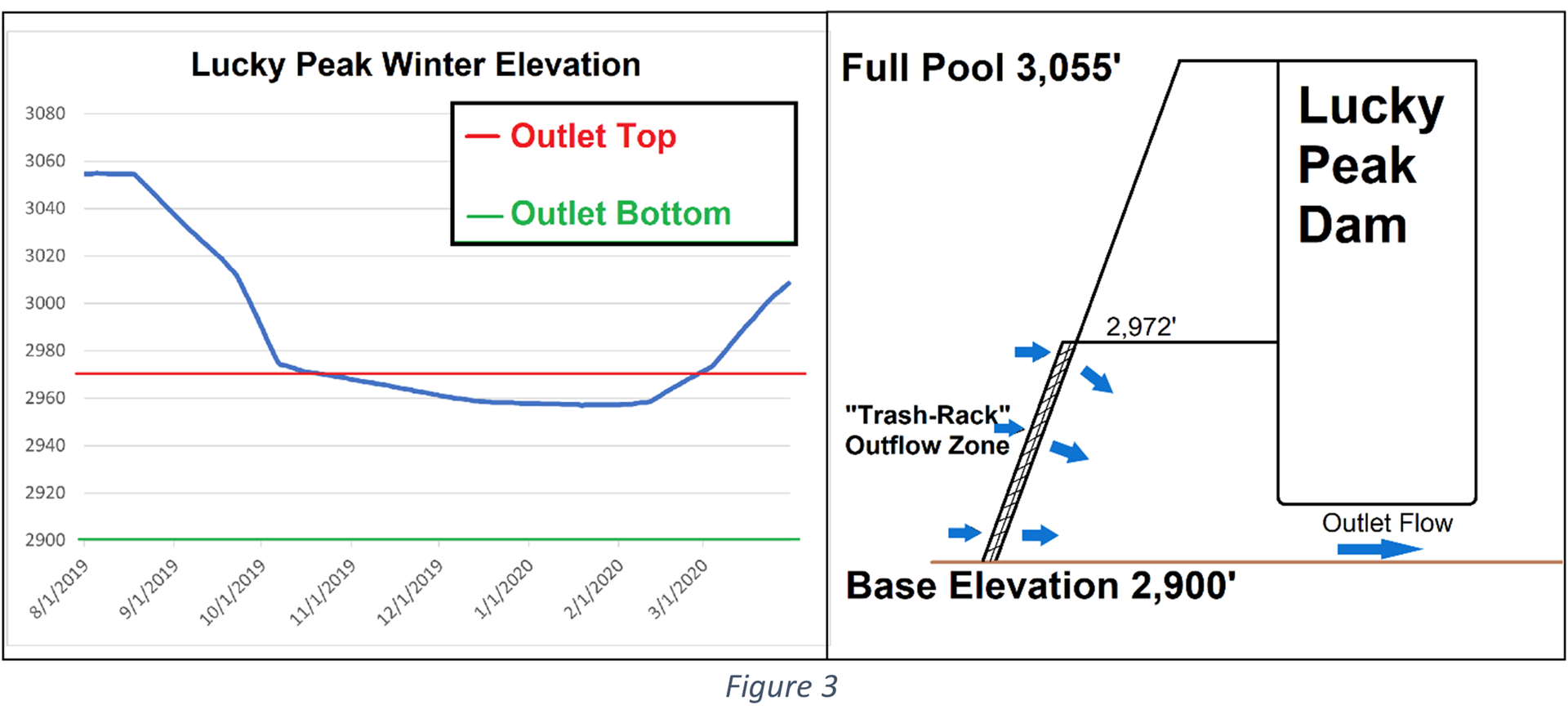
SPRING
As winter turns into spring and the sun gets higher in the sky, water starts warming. The greater the sun exposure and the more solar cycles, the more it warms which results in water getting warmer the further downstream you go. This pre-runoff time can be some of the best fishing of the year as the warmer water gets the hatches going and makes the fish HUNGRY! However, while water is warming downstream the water temperature being released from Anderson Ranch and Lucky Peak dams gets stuck in the upper 30’s, which makes it advantageous in the spring to fish further downstream where water has time to warm up. Figure 4 shows how the water temperature increases as you go downstream on the Lower Boise River. While water temperatures at Lucky Peak stay cold all day the river below warms up enough to see some hatches and more active trout.
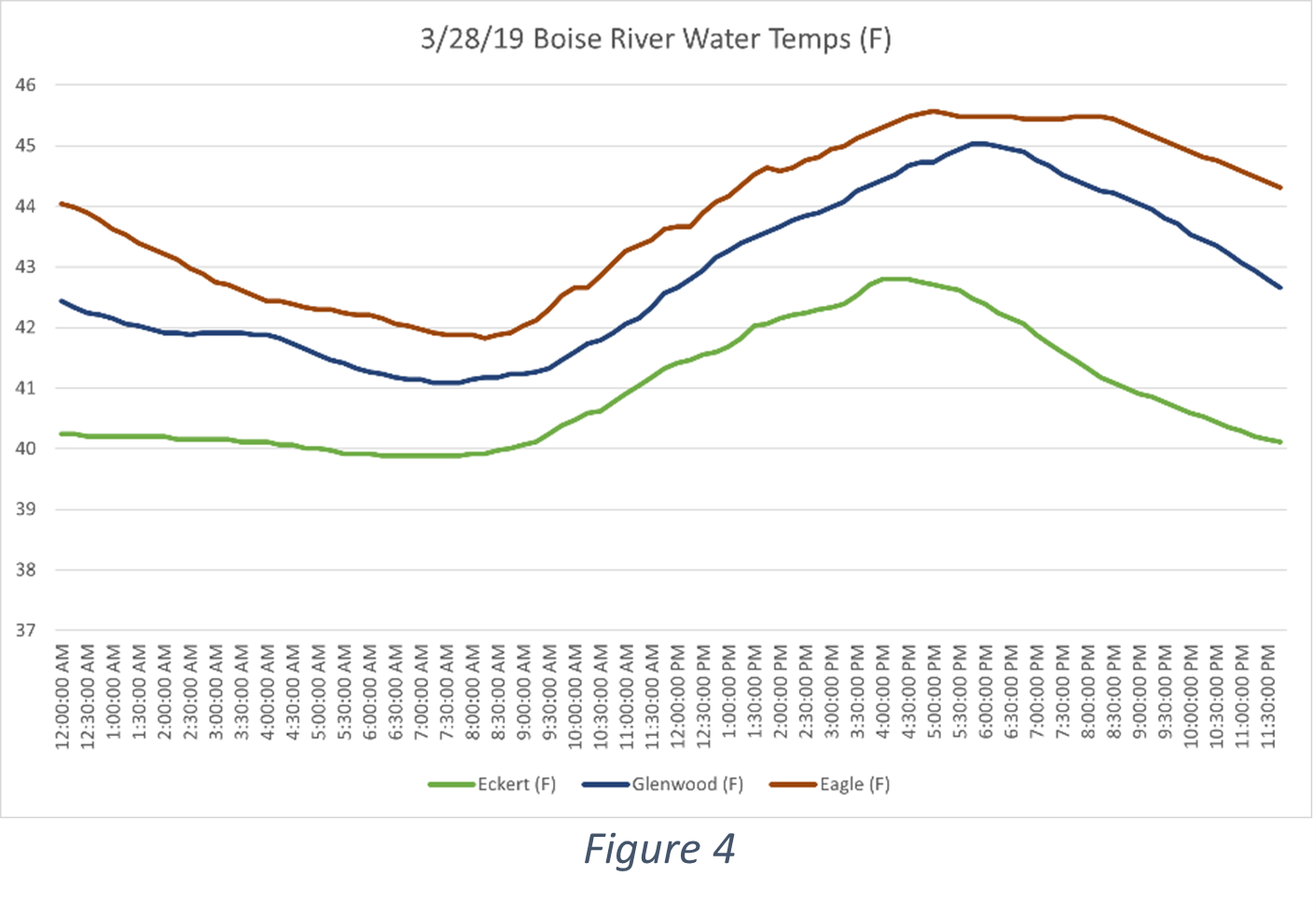
SUMMER
In the heat of summer, freestone rivers can get too warm for good trout fishing, but the temperature of water below a tailwater dam is usually cooler because of the deep blanket of water insulating outflows from the summer heat. On a tailwater river you can often escape higher water temperatures by fishing closer to the dam that is releasing cooler waters. On a freestone river one way to combat the heat of summer is to fish further upstream where the river has seen fewer “solar cycles” of warming.
Anderson Ranch Dam outflows into the S.F. of the Boise remain cool all summer long running around 55 degrees. However, water temperatures on the Main Boise River are again impacted by the irrigation draw-down of Lucky Peak, causing outflow temperatures to rise into the mid 60’s by the end of August, and even higher in low-water years. Trout have a range of preferred water temperatures and stop biting when the temperatures get into the upper 60s, so it is best to seek out cooler waters when these conditions exist. Fishing in overly warm water also increases the mortality rate of trout caught and released.
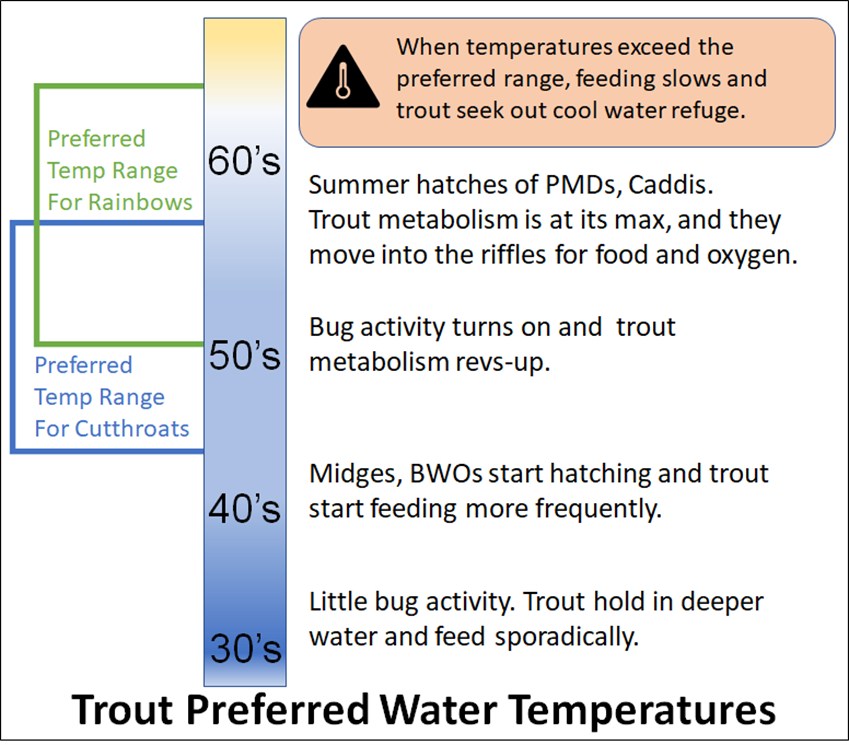
A recent Idaho Fish and Game study on water temperatures found that:
The study found that mortality was 69% higher for trout landed at 73°F water temperatures than for those landed when waters were less than 66°F. These results suggest that higher water temperatures were indeed decreasing the survival of caught-and-released trout. However, catch rates were much lower (77% lower!) at the higher water temperatures above 73°F, and much better when temperatures were below 66°F. So while mortality was higher at the hottest temperatures, the number of trout caught was much lower because it was much harder to catch fish at those warmer temperatures. This phenomenon is well known to trout anglers, who often stop fishing in the heat of the day because catch rates are poor compared to cooler times of the day.
THE THEMOMETER IS YOUR FRIEND
Checking water temperatures can help you find the most productive water and anticipate what bugs will hatch. Checking water temperatures online using BVFF’s Local Waters web page can help you plan your trip and carrying a quality stream thermometer (FishPond and Orvis have good ones) can help you adjust your fishing plans on the river. For more information on how to use a thermometer to improve your fishing, see my article Using A Thermometer To Improve Your Fishing.
REFERENCES
• BVFF’s Local Waters web page.
• Water flow and temperature information can be found on USGS and BofR Hydromet websites .
• Water temperatures on the Main Boise River were obtained from the City of Boise through a public records request of water quality data.
• BVFF Conservation Blog
• Using A Thermometer To Improve Your Fishing
• Idaho Fish and Game Water Temperature Study

